News
-
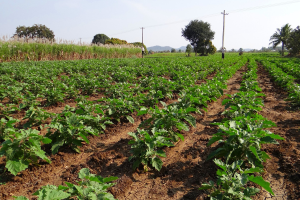
Development status and characteristics of flonicamid
Flonicamid is a pyridine amide (or nicotinamide) insecticide discovered by Ishihara Sangyo Co., Ltd. of Japan. It can effectively control piercing-sucking pests on a wide range of crops, and has a good penetration effect, especially for aphids. Efficient. Its mechanism of action is novel, it ...Read more -
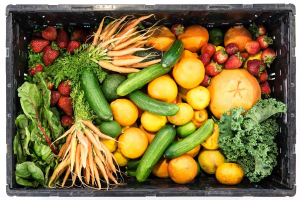
A magical fungicide, fungus, bacteria, virus killing, cost-effective, guess who it is?
In the development process of fungicides, new compounds appear every year, and the bactericidal effect of the new compounds is also very obvious. Happening. Today, I will introduce a very “special” fungicide. It has been used in the market for so many years, and it still has outst...Read more -

What are the specific functions of ethephon? How to use it well?
In daily life, ethephon is often used to ripen bananas, tomatoes, persimmons and other fruits, but what are the specific functions of ethephon? How to use it well? Ethephon, the same as ethylene, mainly enhances the ability of ribonucleic acid synthesis in cells and promotes protein synth...Read more -
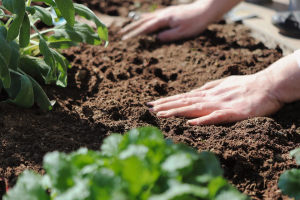
Imidacloprid is a commonly used high-quality insecticide
Imidacloprid is a nitromethylene systemic insecticide, belonging to the chlorinated nicotinyl insecticide, also known as a neonicotinoid insecticide, with the chemical formula C9H10ClN5O2. It has broad-spectrum, high efficiency, low toxicity and low residue, and it is not easy for pests t...Read more -

The role and dosage of commonly used plant growth regulators
Plant growth regulators can improve and regulate plant growth, artificially interfere with the harm brought by unfavorable factors to plants, promote robust growth and increase yield. 1. Sodium Nitrophenolate Plant cell activator, can promote germination, rooting, and relieve plant dorman...Read more -
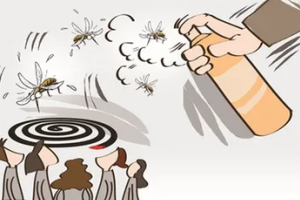
The difference between DEET and BAAPE
DEET: DEET is a widely used insecticide, which can neutralize the tannic acid injected into the human body after mosquito bites, which is slightly irritating to the skin, so it is best to spray it on clothing to avoid direct contact with the skin. And this ingredient may damage nerves whe...Read more -
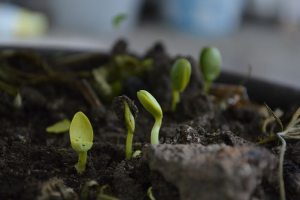
Prohexadione, paclobutrazol, mepiclidinium, chlorophyll, how are these plant growth retardants different?
Plant growth retarder is a must in the process of crop planting. By regulating the vegetative growth and reproductive growth of crops, better quality and higher yield can be obtained. Plant growth retardants usually include paclobutrazol, uniconazole, peptidomimetics, chlormethalin, etc. As ...Read more -
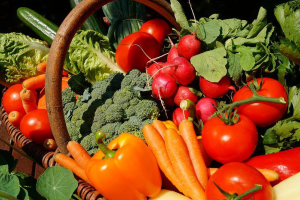
The action characteristics of fluconazole
Fluoxapyr is a carboxamide fungicide developed by BASF. It has good preventive and therapeutic activities. It is used to prevent and control broad-spectrum fungal diseases, at least 26 kinds of fungal diseases. It can be used for nearly 100 crops, such as cereal crops, legumes, oil crops,...Read more -
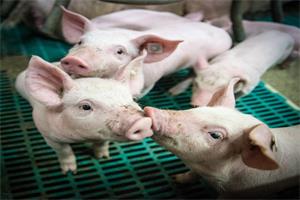
Florfenicol side effect
Florfenicol is a synthetic monofluoro derivative of thiamphenicol, the molecular formula is C12H14Cl2FNO4S, white or off-white crystalline powder, odorless, very slightly soluble in water and chloroform, slightly soluble in glacial acetic acid, soluble in Methanol, ethanol. It is a new bro...Read more -

The 7 major functions of gibberellin and 4 major precautions, farmers must understand in advance before using
Gibberellin is a plant hormone that exists widely in the plant kingdom and is involved in many biological processes such as plant growth and development. Gibberellins are named A1 (GA1) to A126 (GA126) according to the order of discovery. It has the functions of promoting seed germination and pla...Read more -

Florfenicol veterinary antibiotic
Veterinary antibiotics Florfenicol is a commonly used veterinary antibiotic, which produces a broad-spectrum bacteriostatic effect by inhibiting the activity of peptidyltransferase, and has a broad antibacterial spectrum. This product has rapid oral absorption, wide distribution, long hal...Read more -

How to manage the spotted lanternfly
The spotted lanternfly originated in Asia, such as India, Vietnam, China and other countries, and likes to live in grapes, stone fruits and apples. When the spotted lanternfly invaded Japan, South Korea and the United States, it was regarded as a destructive Invading pests. It feeds on mo...Read more



